Korean Desserts: A Sweet Journey Through Tradition and Flavor
Korean desserts are more than just sweets—they’re tiny windows into centuries of history, culture, and creativity. From chewy rice cakes that celebrate family gatherings to icy bingsu bowls enjoyed on sweltering summer days, every treat tells a story. Today, Korean desserts are finding fans across the globe, not only because they taste incredible but also because they blend tradition with trend. In this guide, we’ll explore the roots of Korean sweets, the most beloved traditional and modern varieties, and even how you can make them at home. Let’s dive into the colorful, flavorful world of Korean desserts.
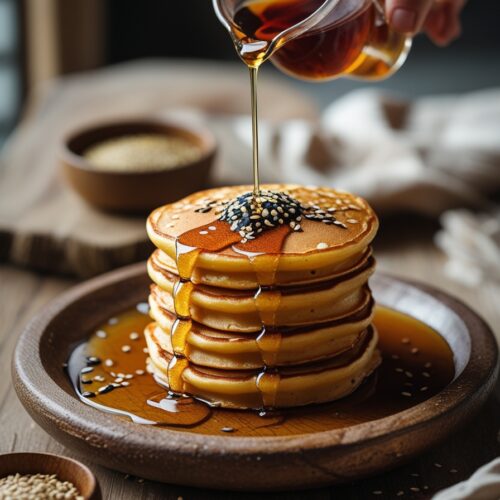
Hotteok (Korean Sweet Pancake)
Ingredients
1 cup all-purpose flour1 cup glutinous rice flour2 tbsp sugar (for dough)1/4 tsp salt1 tsp instant yeast1/2 cup warm water2 tbsp vegetable oil (for dough)Filling:1/4 cup brown sugar2 tbsp chopped walnuts or peanuts1/2 tsp cinnamon powder
Instructions
Prepare the dough:Mix all-purpose flour, glutinous rice flour, sugar, salt, and yeast in a large bowl.Gradually add warm water and vegetable oil. Knead until a smooth, elastic dough forms.Cover and let it rise for 1 hour or until it doubles in size.Prepare the filling:Mix brown sugar, chopped nuts, and cinnamon in a small bowl.Shape the pancakes:Divide the dough into 4 equal portions.Flatten each portion into a disc, place 1–2 tbsp of filling in the center, and pinch the edges to seal.Gently flatten the filled dough into a thick pancake shape.Cook the pancakes:Heat a non-stick pan over medium heat and add a small amount of oil.Place the pancakes in the pan and cook for 2–3 minutes on each side until golden brown.Press slightly with a spatula to help the filling spread and caramelize.Serve warm:Best enjoyed fresh and warm, straight from the pan.
Notes
Nutrition
Discovering the World of Korean Desserts
Table of content
Table of Contents
The history and cultural roots of Korean desserts
When you look at Korean desserts, you quickly realize they aren’t just about sugar rushes or indulgence—they’re deeply connected to Korea’s agricultural roots, cultural rituals, and seasonal cycles. For centuries, dessert in Korea wasn’t a daily luxury. Instead, it was something tied to special occasions, ceremonies, and offerings to ancestors. Traditional Korean desserts, often grouped under the word hangwa, developed in royal courts and Buddhist temples where refined ingredients like honey, chestnuts, rice flour, and sesame seeds were turned into artful creations.
Unlike Western desserts that lean heavily on butter and cream, Korean sweets often rely on rice, nuts, fruits, and natural sweeteners. For example, yakgwa, a honey-soaked fried cookie shaped like a flower, was once reserved for special feasts because honey was precious. Dasik, delicate pressed cookies made of sesame, chestnut, or soybean flour, often appeared during tea ceremonies, symbolizing harmony and elegance.
Rice cakes (tteok) form another cornerstone of Korean desserts. Each variety carries meaning. Songpyeon, small half-moon rice cakes filled with sesame seeds or sweet red bean paste, are made during Chuseok, Korea’s harvest festival, to symbolize prosperity and good fortune. These traditions highlight that Korean desserts were—and still are—far more than just food; they’re cultural expressions.
Personal story and modern-day love for Korean sweets
My own journey with Korean desserts began in a bustling Seoul street market on a chilly evening. I can still remember standing in line for my very first hotteok—a golden pancake stuffed with brown sugar, cinnamon, and crushed nuts. The moment I bit into it, the sweet syrup oozed out, warming me from the inside out. It wasn’t just a snack; it was comfort, community, and culture wrapped in one simple street food.
Back home in my own kitchen, I tried recreating hotteok, and to my surprise, it wasn’t complicated. The ingredients were humble—flour, yeast, brown sugar, and nuts—but the result tasted like a memory. That’s the beauty of Korean desserts: they can be both humble and extraordinary.
Over the years, I’ve discovered that Korean desserts reflect balance. They’re not cloyingly sweet. Instead, they often highlight textures—chewy rice cakes, crispy pastries, soft sponge-like buns—and natural flavors. A bowl of patbingsu, shaved ice with sweetened red beans, fruit, and condensed milk, can be refreshing without being overwhelming. A bite of yakgwa is rich yet balanced with ginger and honey.
Today, with the global spread of Korean culture through K-pop, dramas, and food, more people are discovering these unique sweets. Korean dessert cafés are popping up across the U.S., serving treats like bingsu topped with fruit, matcha, or Oreo cookies, and tteok beautifully wrapped like gifts. The beauty of Korean desserts lies not only in their taste but also in how they bring people together—whether that’s a family rolling rice cakes for Chuseok or friends sharing a giant bowl of bingsu on a summer day.
Traditional Korean Desserts You Must Try
The most popular traditional Korean desserts
Traditional Korean desserts are a true reflection of Korea’s connection to nature, family, and celebration. When people first explore Korean desserts, they’re often surprised by how different they are from Western sweets. Instead of heavy cream or layers of frosting, Korean sweets rely on rice, beans, sesame seeds, honey, and seasonal fruits. The flavors are gentle, yet each bite tells a story.
One of the most famous traditional treats is hotteok, often called the Korean sweet pancake. Crispy on the outside and gooey on the inside, it’s filled with a mix of brown sugar, cinnamon, and nuts. Though sold mostly as street food today, its origins trace back to Chinese merchants who introduced stuffed pancakes to Korea. Locals adapted the recipe, and it became one of the most comforting Korean desserts enjoyed during cold winters.

Another classic is yakgwa, a fried cookie soaked in honey syrup. Its flower-like design and chewy sweetness made it a royal delicacy centuries ago. Today, you’ll still find yakgwa at weddings and holiday tables, a symbol of prosperity and joy. Dasik deserves mention as well—these are bite-sized pressed cookies made with sesame, chestnut, or soybean flour, and they’re often served with tea. Their elegance lies in their simplicity.
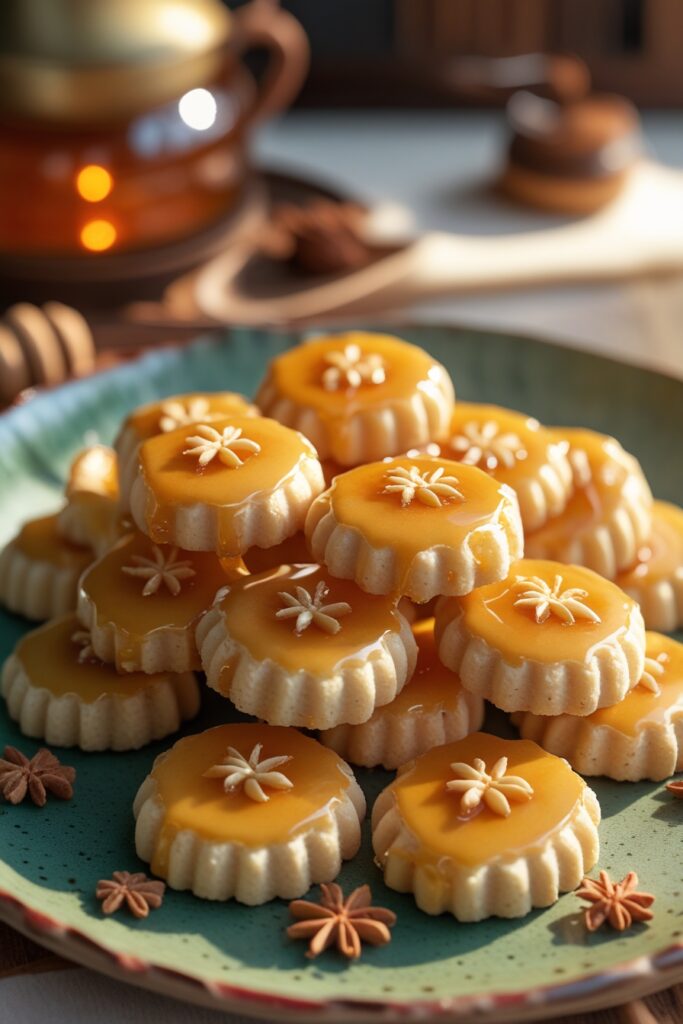
And of course, tteok, or rice cakes, stand at the center of Korean desserts. There are dozens of variations, but each type has meaning. Songpyeon, filled with sesame or red bean paste, is made during Chuseok, while baekseolgi, a fluffy white rice cake, is shared on birthdays to represent purity and fresh beginnings. Tteok isn’t just dessert—it’s tied to milestones, blessings, and family traditions.
Finally, no exploration of traditional Korean desserts would be complete without bungeoppang, a fish-shaped pastry stuffed with sweet red bean paste. This whimsical treat, often sold from street carts in winter, delights both children and adults. It’s fun to eat and nostalgic, reminding many Koreans of childhood walks with warm hands wrapped around paper bags filled with these golden pastries.
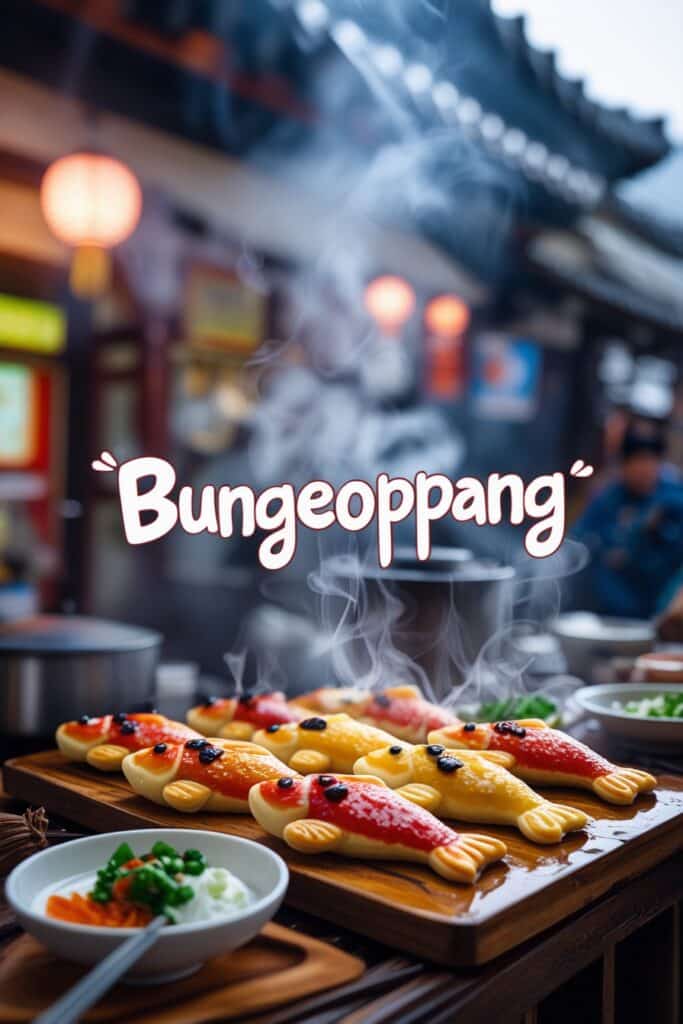
Cultural significance and occasions
Korean desserts are never just about taste—they’re part of rituals and celebrations. Many sweets are made only at specific times of year or for special ceremonies. For example, during Seollal (Korean Lunar New Year), families prepare desserts like yakgwa and hangwa to honor ancestors. These offerings symbolize respect and the wish for a sweet year ahead.
At Chuseok, the harvest festival, families gather to make songpyeon. The half-moon shape of the rice cake is said to bring luck and fertility. Making songpyeon together has become a bonding activity, where children learn the craft from parents and grandparents. It’s not just food; it’s heritage passed down through generations.
Weddings also feature special desserts. Rice cakes are prepared in beautiful arrangements, symbolizing harmony and blessings for the couple. In some regions, colorful varieties of tteok are shared with guests as a token of joy. Birthdays, too, are marked with desserts like baekseolgi, believed to bring purity and new beginnings for the year ahead.
Even in Buddhist temples, Korean desserts hold meaning. Monks created sweets like dasik and honeyed rice treats that avoided animal products yet carried symbolic value. These desserts reflected balance, mindfulness, and simplicity—values deeply ingrained in Korean culture.
What makes these traditions special is how desserts bridge the past and present. Whether eaten at a modern café in Seoul or prepared at home during holidays abroad, Korean desserts still carry cultural weight. They remind people of where they come from, while also welcoming anyone who wants to join the experience.
Modern & Trendy Korean Desserts
Café culture and Korean dessert cafés
In today’s Korea, desserts have taken on a whole new identity thanks to the booming café culture. Walk through any neighborhood in Seoul, and you’ll find dessert cafés buzzing with young people sipping lattes alongside plates of visually stunning sweets. Unlike the more ceremonial role of traditional treats, modern Korean desserts are about indulgence, aesthetics, and sharing the experience—often on Instagram.
The crown jewel of this movement is bingsu, a shaved ice dessert that has been reinvented countless ways. Once a humble bowl of shaved ice topped with red beans (patbingsu), it’s now served in elaborate forms with mango, green tea, Oreo, cheesecake, or even whole slices of tiramisu. Cafés compete to outdo each other with creative presentations, and customers line up to try these frosty masterpieces in summer.
Another trendy favorite is the soufflé pancake, fluffy, jiggly, and topped with fruit, cream, or syrup. Though originally Japanese-inspired, Korea has embraced and popularized it, making it a staple in dessert cafés. These pancakes are as much a spectacle as they are a treat—soft, cloud-like, and picture-perfect.
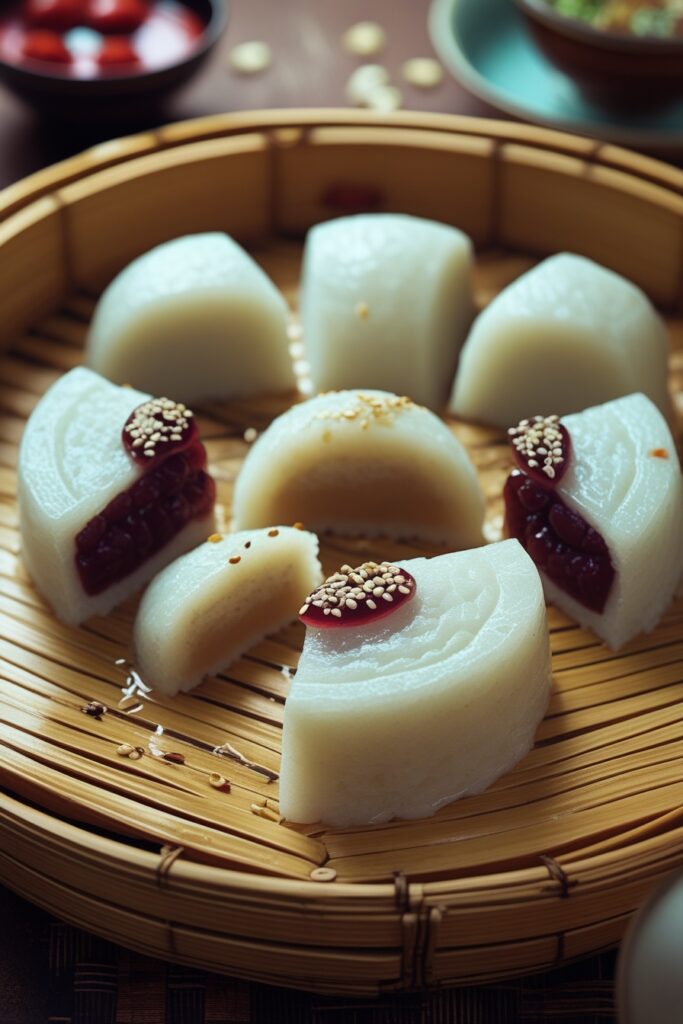
Even simple classics like toast have been transformed into desserts. Injeolmi toast, for example, takes buttered bread and layers it with chewy rice cakes dusted in soybean powder, turning a humble snack into a decadent experience. The creativity of Korean cafés ensures that dessert lovers never run out of new options.
Fusion desserts loved worldwide
The global rise of Korean desserts isn’t just about cafés in Seoul—it’s about how these treats have traveled and adapted. In the U.S. and beyond, Korean bakeries and cafés are drawing long lines for their unique spins on familiar flavors.
Take Korean-style cakes for example. Unlike dense Western cakes, they’re often lighter, with whipped cream instead of buttercream, and fresh fruit as the star decoration. Strawberry cream cake has become especially popular, striking the perfect balance of sweetness and freshness. It’s a dessert that feels indulgent but never heavy.
Another modern twist is the croissant taiyaki. Inspired by Japan’s fish-shaped bungeoppang, bakers in Korea began using croissant dough instead of the traditional batter, resulting in a crispy, flaky shell filled with custard, chocolate, or matcha cream. It’s playful, innovative, and a perfect example of how Korean desserts evolve by blending influences.
Korean dessert culture has also embraced global ingredients and trends. Matcha from Japan, chocolate from Europe, and even flavors like earl grey or lavender find their way into tteok, cakes, and cookies. The result is a fusion that feels both familiar and new.
This creativity is one reason Korean desserts have gained so much international attention. From Los Angeles to London, cafés specializing in bingsu, injeolmi toast, and soufflé pancakes are thriving. Foodies and K-culture fans alike flock to these spots, eager to taste what they’ve seen in Korean dramas or on social media.
At the heart of it, modern Korean desserts reflect Korea’s ability to hold onto tradition while constantly innovating. Just as yakgwa and tteok carry the weight of history, today’s bingsu towers and strawberry cream cakes capture the pulse of modern life—fast-moving, stylish, and global.
Making Korean Desserts at Home
Easy recipes to try at home
One of the best things about Korean desserts is that many can be recreated in your own kitchen with just a handful of ingredients. You don’t need to be a professional chef—just a little curiosity and a love for sweet flavors. Let’s start with one of the most beloved: hotteok, the warm, gooey pancake filled with brown sugar, nuts, and cinnamon.
To make hotteok, you begin with a yeast dough that’s soft and elastic. After it rises, you fill small rounds with your sweet mixture, then cook them on a skillet until golden. The result is a pancake that’s crisp on the outside and molten on the inside. Perfect for winter afternoons, it pairs beautifully with tea or coffee.
Another approachable option is injeolmi, a chewy rice cake rolled in roasted soybean powder. While traditionally steamed in large batches, you can make a quick version at home using glutinous rice flour and a microwave. The texture is soft, stretchy, and deeply satisfying. It’s also naturally dairy-free, making it a great choice if you’re searching for dairy free desserts near me but want to try making one yourself.
For something refreshing, you can put together a simple patbingsu at home. Use shaved ice (a blender works if you don’t have a machine), then top with sweetened red beans, fruit, and a drizzle of condensed milk or coconut cream if you want a dairy-free twist. It’s customizable, easy, and always a crowd-pleaser.
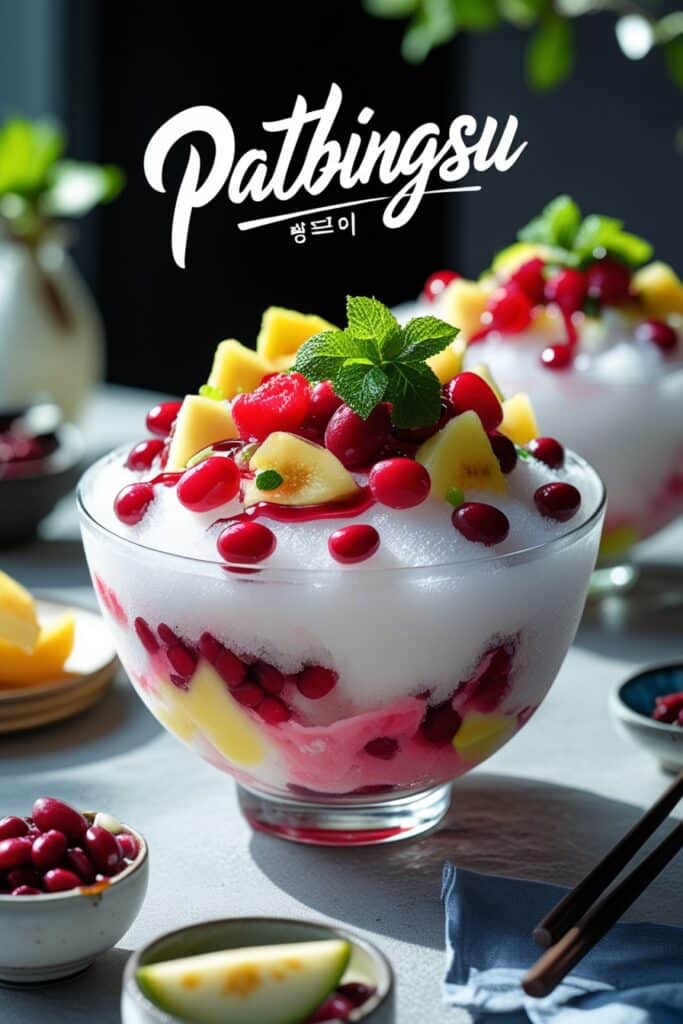
Tips for ingredients & substitutions
While traditional Korean desserts rely on ingredients like rice flour, red beans, honey, and sesame, you don’t need to live near a Korean market to try them. Many large grocery stores now carry glutinous rice flour, sweet red bean paste, and roasted soybean powder. If you can’t find them locally, Asian markets or online shops are reliable sources.
For readers specifically seeking dairy free desserts near me, Korean sweets are often an excellent match. Unlike many Western desserts that depend heavily on butter, cream, or milk, traditional Korean desserts naturally avoid dairy. Rice cakes, yakgwa, and dasik are all plant-based by design. Even bingsu can be made dairy-free by using almond milk, oat milk, or coconut milk instead of condensed milk.
When making Korean desserts at home, substitutions are easy and flexible. If you don’t have honey, you can use maple syrup or agave for a vegan-friendly version. Nuts like walnuts or pecans can replace traditional pine nuts. Fresh seasonal fruit can also transform a simple rice cake or bingsu into something vibrant and new.
Another tip is to keep portions small and presentation thoughtful. Korean desserts are often modest in size but big on symbolism and flavor. Instead of oversized cakes or heavy pastries, think delicate bites that balance texture and taste. Whether you’re recreating hotteok for family or plating injeolmi for guests, a little attention to detail makes the experience special.
At the end of the day, making Korean desserts at home is about more than just cooking—it’s about carrying on traditions, experimenting with flavors, and enjoying sweets that feel both wholesome and meaningful. For anyone searching dairy free desserts near me, learning how to make these at home is not only rewarding but also a way to connect with a culture that values balance, creativity, and celebration.
What are popular Korean desserts?
Some of the most popular Korean desserts include hotteok (sweet pancakes with brown sugar filling), bingsu (shaved ice with toppings), yakgwa (honey cookies), bungeoppang (fish-shaped pastries with red bean paste), and tteok (rice cakes in many varieties). These treats are enjoyed year-round and often appear during festivals, holidays, and café visits.
What is the national sweet of Korea?
While Korea doesn’t have an official “national sweet,” many people consider tteok (rice cakes) to be the country’s signature dessert. Because of their cultural importance, rice cakes are present at birthdays, weddings, harvest festivals, and even ceremonies honoring ancestors.
What are 10 desserts?
Here are 10 must-try Korean desserts:
Hotteok
Yakgwa
Dasik
Bungeoppang
Patbingsu
Songpyeon (half-moon rice cake)
Baekseolgi (white steamed rice cake)
Injeolmi (chewy rice cake with soybean powder)
Croissant taiyaki (modern fusion pastry)
Strawberry cream cake
What is a Korean dessert called?
In Korean, desserts are often referred to as hangwa (traditional sweets) or simply as dessert when talking about modern café-style treats. The term tteok specifically refers to rice cakes, which are among the oldest and most symbolic Korean desserts.
conclusion:
In conclusion, Korean desserts offer a delightful journey through unique textures, flavors, and traditions. From the sweet, chewy satisfaction of Hotteok and Injeolmi (chewy rice cake with soybean powder) to the delicate elegance of Dasik and the festive charm of Songpyeon (half-moon rice cake), there’s something to enchant every palate. Fans of modern twists will love Croissant taiyaki (modern fusion pastry) and the creamy indulgence of Strawberry cream cake, while classics like Bungeoppang, Patbingsu, and Baekseolgi (white steamed rice cake) remain timeless favorites. Exploring these desserts is not only a treat for the taste buds but also a window into Korea’s rich culinary culture.

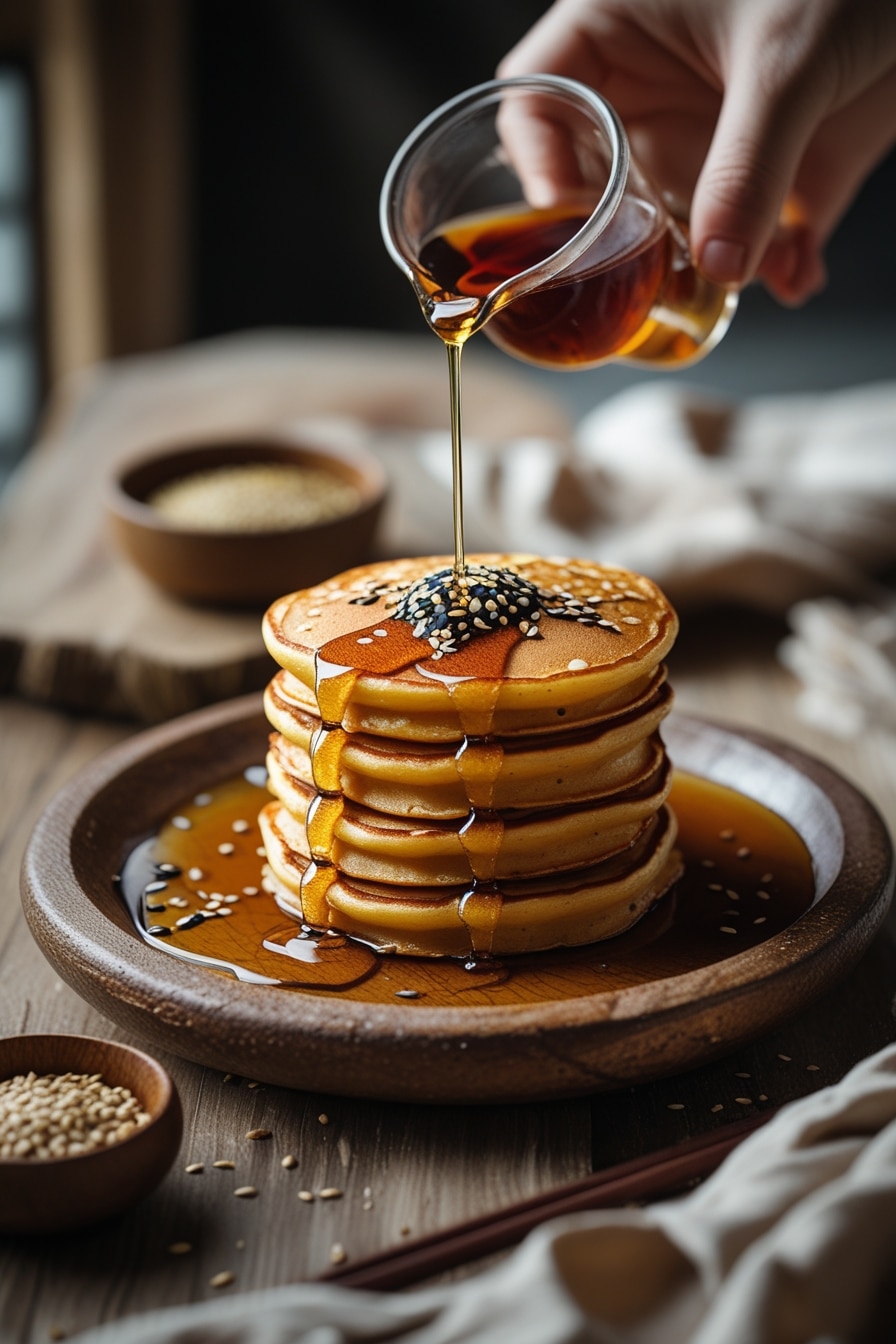
1 thought on “Korean Desserts”